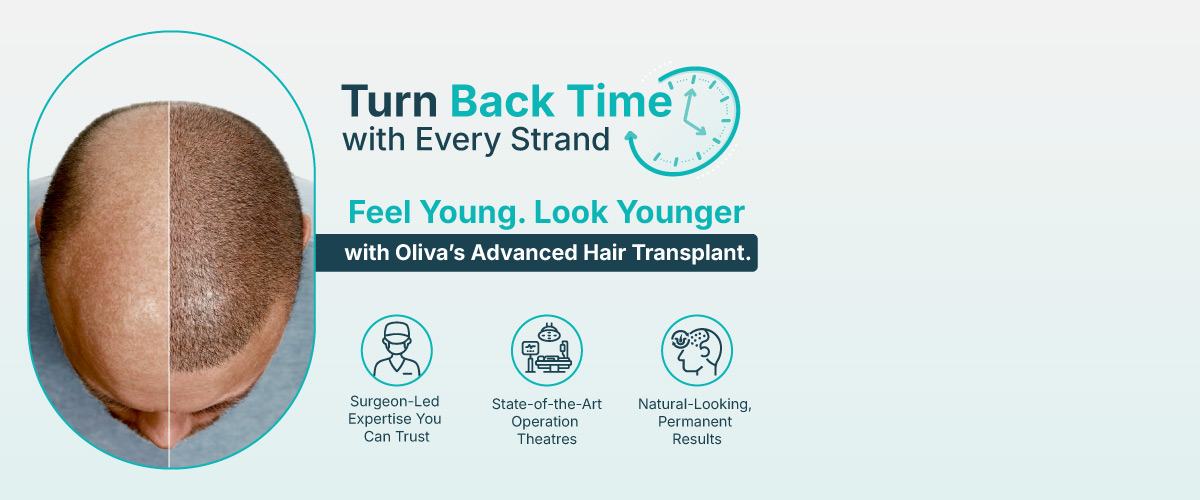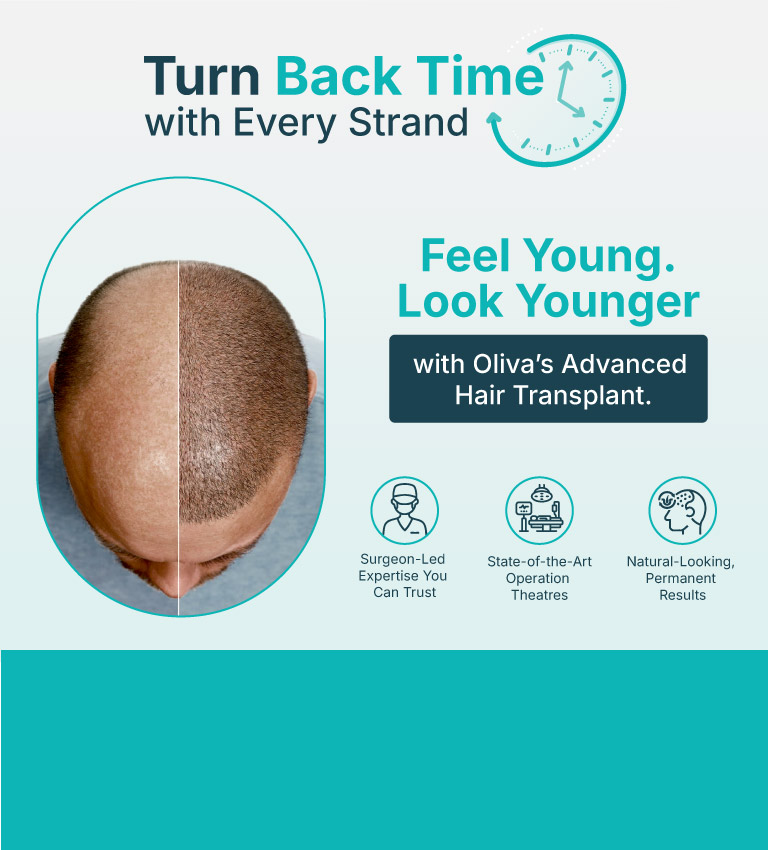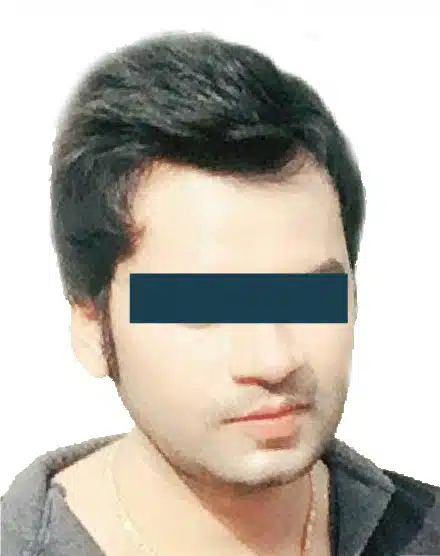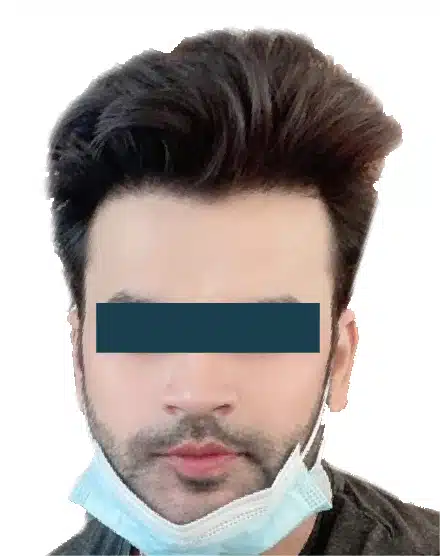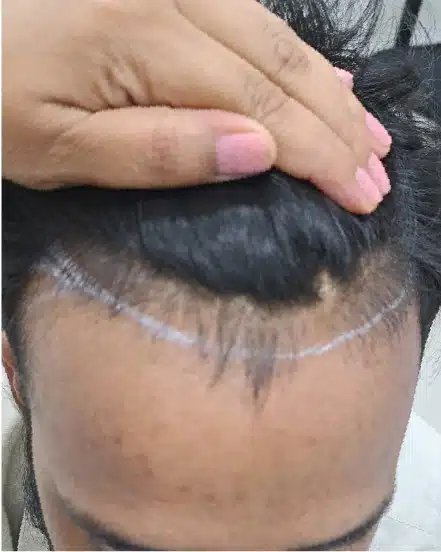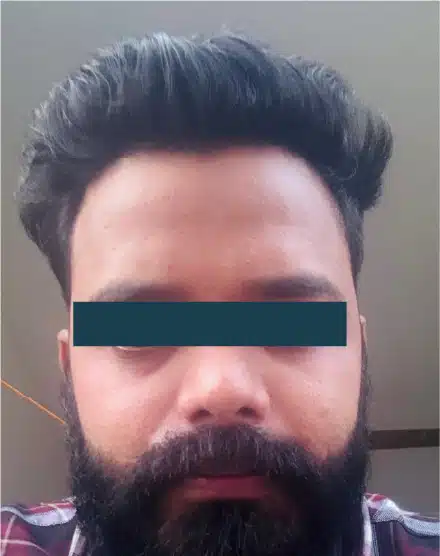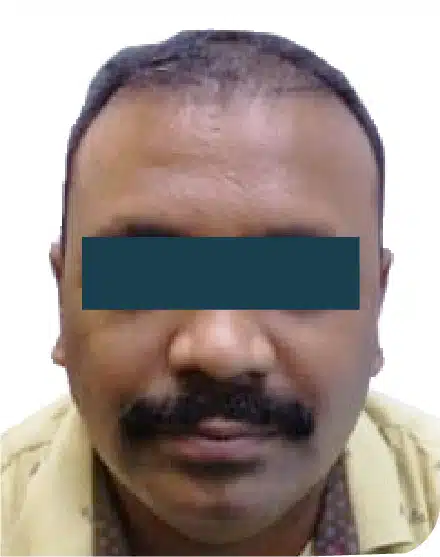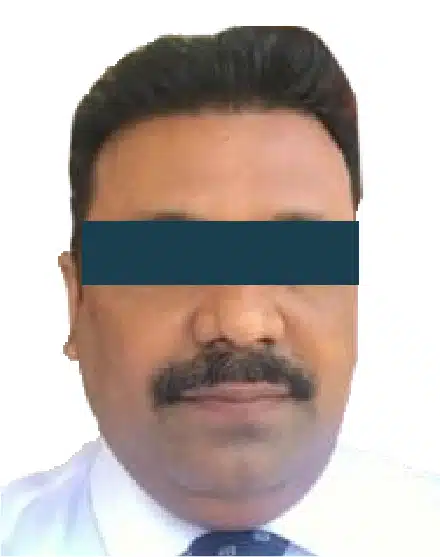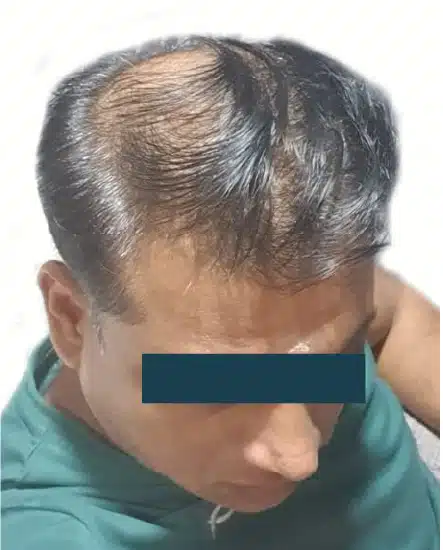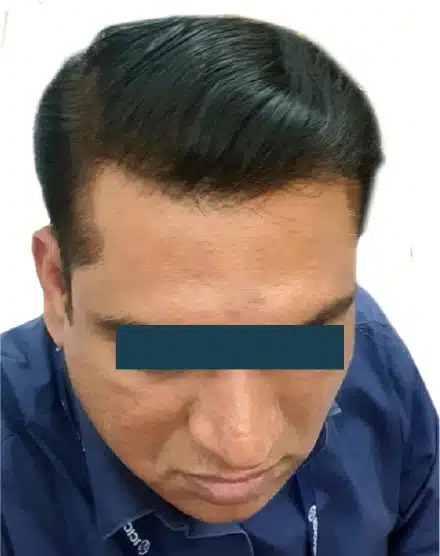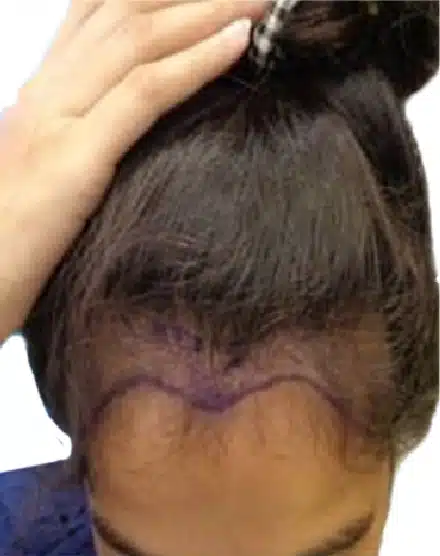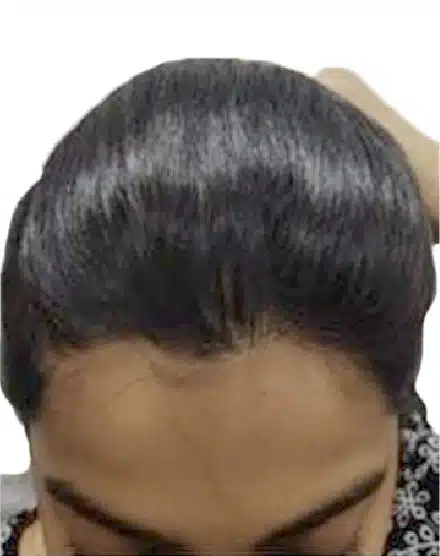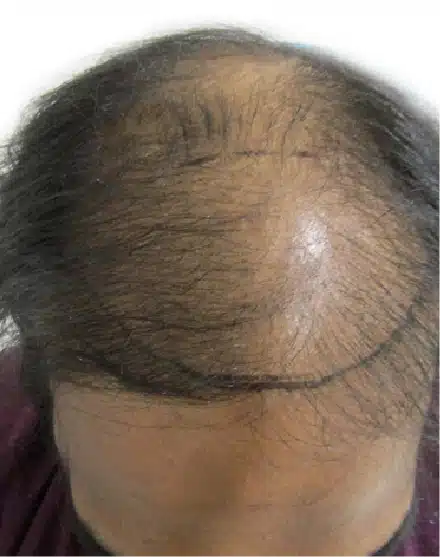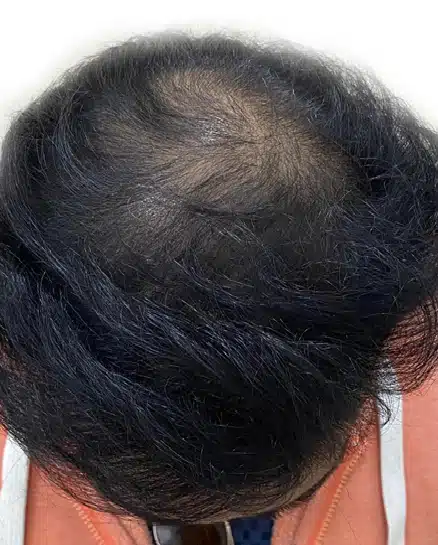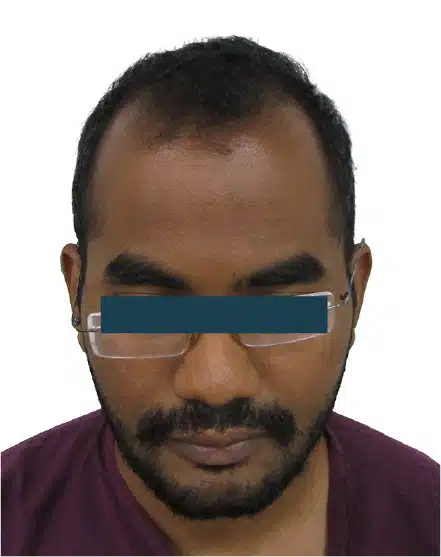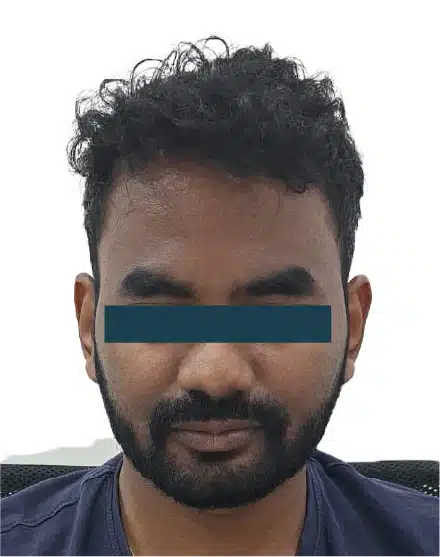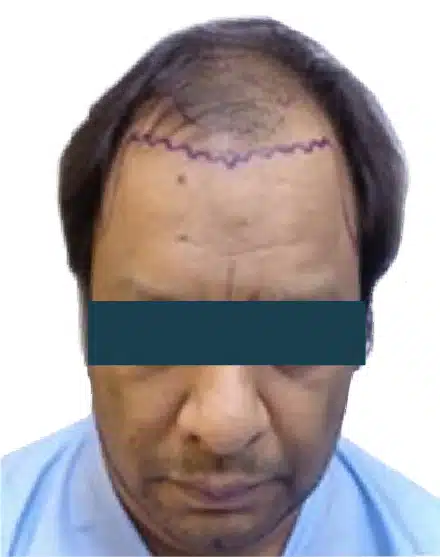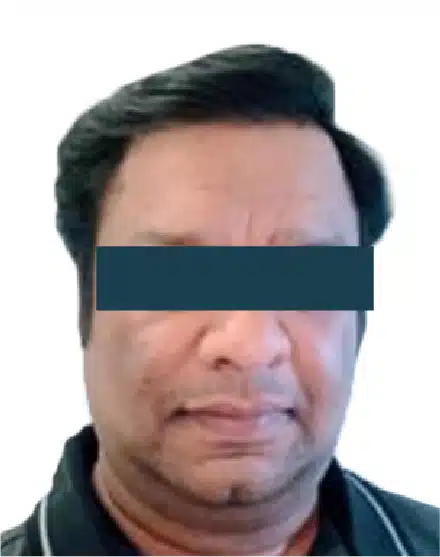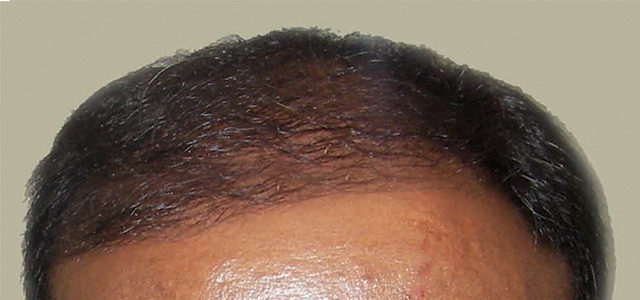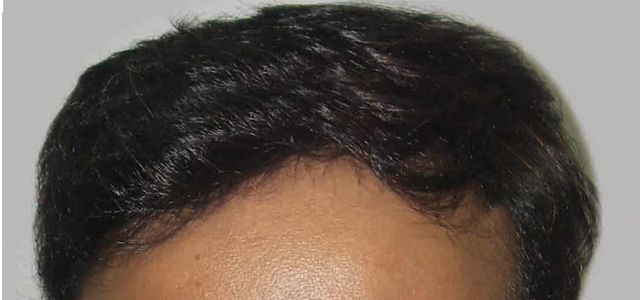Why Choose Oliva Clinics For Hair Transplantation?
Oliva Clinics has the best hair transplant surgeons with a 100% success rate. Here are the top reasons why it should be your choice for hair transplant treatment:
Over 115 experienced MD-certified dermatologists.
V-Discover - A 5-step consultation to understand your skin, hair & body.
US-FDA approved equipment ensuring safety and effectiveness.
Achieve significant improvement in a few sessions.
No hidden costs. We ensure full transparency at every step.
Served 1,08,404+ happy clients with a 95% satisfaction rate.
What Is A Hair Transplant?
A hair transplant is an advanced, safe, and effective medical procedure, in which a hair transplant surgeon takes healthy hair follicles from the donor area, the back or sides of the scalp, and transplants them into areas with hair thinning or baldness.
It is a proven treatment for male or female pattern baldness, offering natural-looking hair regrowth.
How Does a Hair Transplant Work?
In a hair transplant procedure, the surgeon extracts healthy hair follicles from the donor area and plants them into the balding areas. The follicles from the donor area are resistant to DHT, the hormone which causes hair loss. When transplanted into the balding areas, they continue to grow, giving you natural looking hair. You will experience hair shedding a few weeks after the transplantation. In approximately 3-4 months, the implanted hair follicles will start producing new hair. A few months later, the implanted hair becomes thicker and continues to grow.
What Are The Benefits Of Hair Transplant?
Different Types of Hair Transplant
NOTE:
Oliva’s surgeons do not perform the FUT technique.
Hair Transplant Procedure At Oliva Clinics
Pre-Treatment

At Oliva, the hair transplant procedure starts with an in-depth analysis of your hair health, the severity of your hair loss or hair thinning, the hair loss pattern, scalp health, lifestyle, and your genetic history. The surgeon will also examine the donor area.
Then, they will discuss your hair regrowth goals, the desired hairline, and give you an honest review of the results you can expect.
Following this, the medical team will shave your head, after which the surgeon will mark your desired hairline and grids on the balding areas so they can implant the hair follicles without hassle and the donor area for easy extraction of the follicles. The medical team will take photos to measure the progress of your hair growth.
During The Treatment
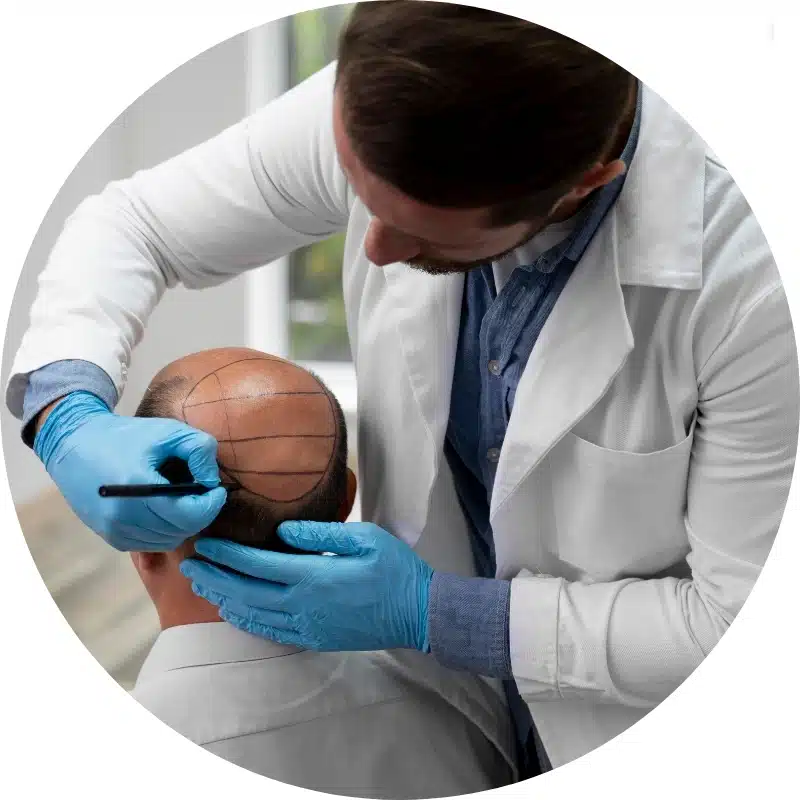
At Oliva, our surgeons perform the Direct Hair Implantation or DHI method. The procedure takes place in 2 steps: extraction of the hair follicles from the donor area and then implantation in the hair loss areas of the scalp.
They first apply local anaesthesia in the donor area and extract the follicles alternately for every grid to ensure maximum comfort for the client. Once the follicles are extracted, they begin the implantation in the hair loss areas of the scalp. In this area too, they alternate application of anaesthesia and follicle implantation grid by grid to ensure a pain-free and comfortable experience for the client.
Post Treatment

Once the procedure is complete, they will cleanse and dress the area. You will also receive a set of post-care instructions that you must follow diligently to see the results. The first week of post-care is the most crucial.
How Much Does A Hair Transplant Cost In India?
The cost of hair transplant treatment in India ranges between INR 50,000 and INR 2,50,000. The price varies depending on various factors including the surgeon’s expertise, the number of grafts you need, the technique, and the location and reputation of the clinic.
Make sure you choose the best hair transplant surgeon for a safe treatment with proper post-operative care, so you can enjoy lasting results.
Before And After Results Of Hair Transplant
Take a look at the remarkable transformation of people who underwent hair transplant treatment at Oliva Clinics. You can see that they have achieved a natural hair line along with thick and healthy hair on the scalp.
*Images are from real clients, and results can be subjective
Frequently Asked Questions On Hair Transplantation
Anyone above the age of 21 suffering from hair loss and balding, and has a healthy donor area, can opt for a hair transplant. But it is best to wait until you are 25 for your hair loss pattern to stabilise. You can book a consultation with our hair transplant surgeon at Oliva Clinics for more detailed information.
If you are suffering from medical conditions like unmanaged diabetes, bleeding disorders, or scalp infections, then our experts do not recommend this treatment for you. If your donor area is weak, or you have scalp infections, and if you have unrealistic expectations, then our surgeons do not encourage you to take the treatment.
It takes a week for the initial recovery, after which you can resume your daily routine. But for your scalp to fully recover and achieve the desired results, it takes 6-12 months.
The most common donor area is the back of the scalp. In case that area has weak follicles, the surgeons may use beard and chest hair follicles after thoroughly analysing their strength and usability.
The extracted hair follicles do not regrow, but the surrounding hair follicles do cover the area and the gaps, bringing back your hair’s natural density.
The hair growth from the hair transplant surgery is permanent but ageing can affect the surrounding hair growth. Maintaining a healthy lifestyle can prolong the results.
At Oliva Clinics, we have a 100% success rate. Our hair transplant surgeons have performed approximately 10,000 hair transplant surgeries.
The ideal age is between 21 and 50 years, but it is best to wait till you are 25 so your hair loss pattern stabilises.
Hair transplant surgeons use anaesthesia to ensure minimal pain or discomfort in the area. Thus, you can be assured of an easy and painless treatment procedure.
You can expect some heaviness in the head and soreness in the treated area for 1-2 days after the procedure. This is manageable with medications.

